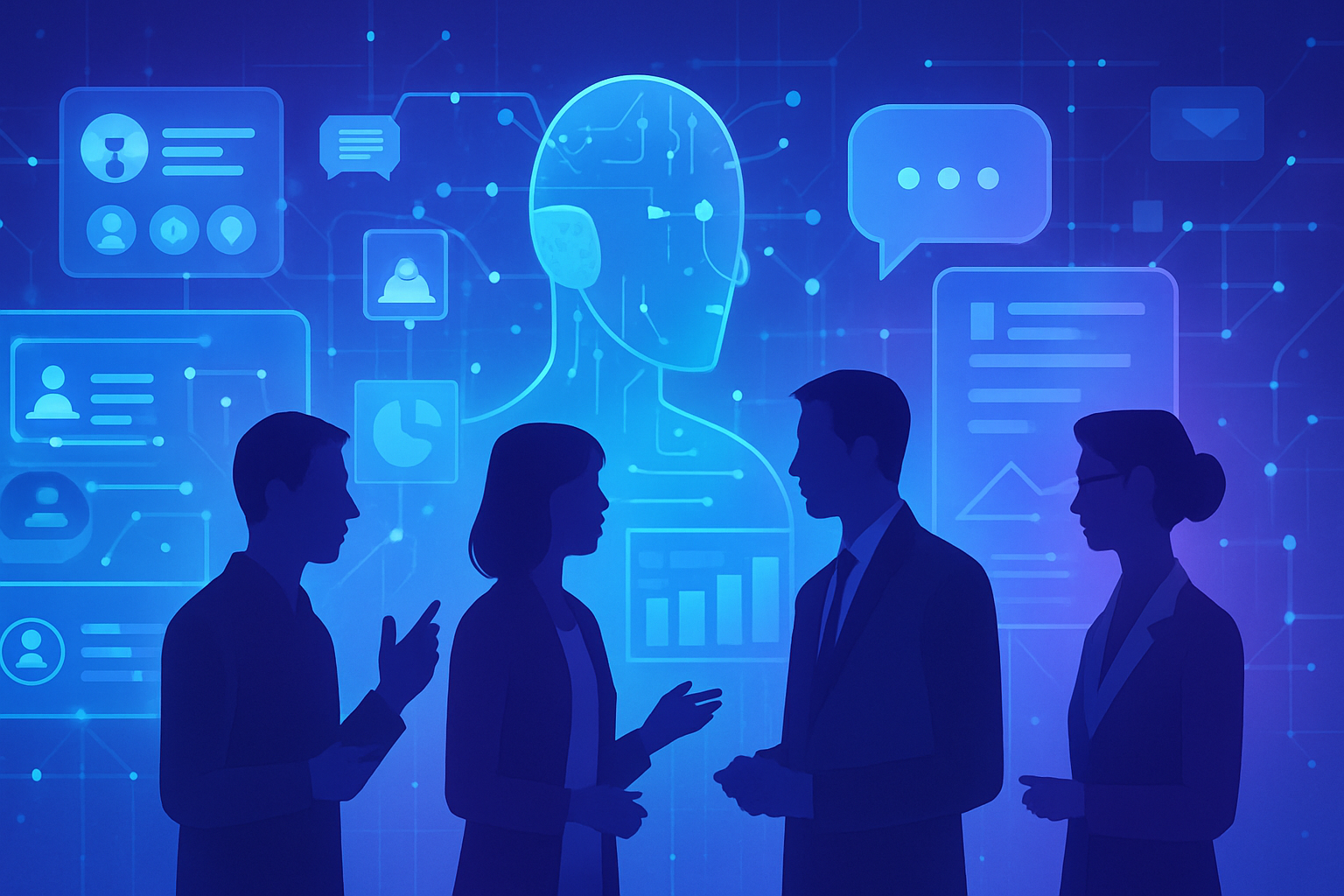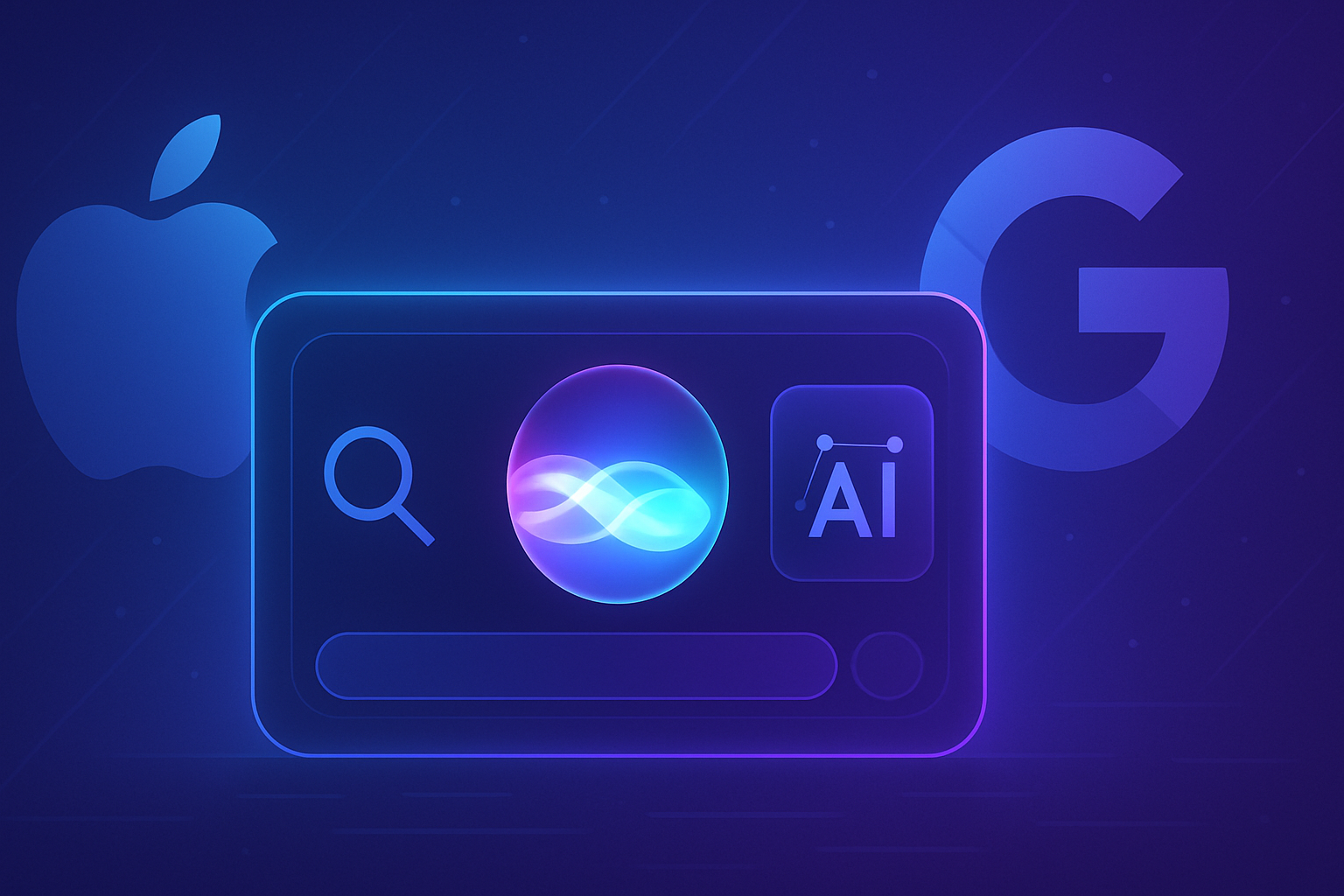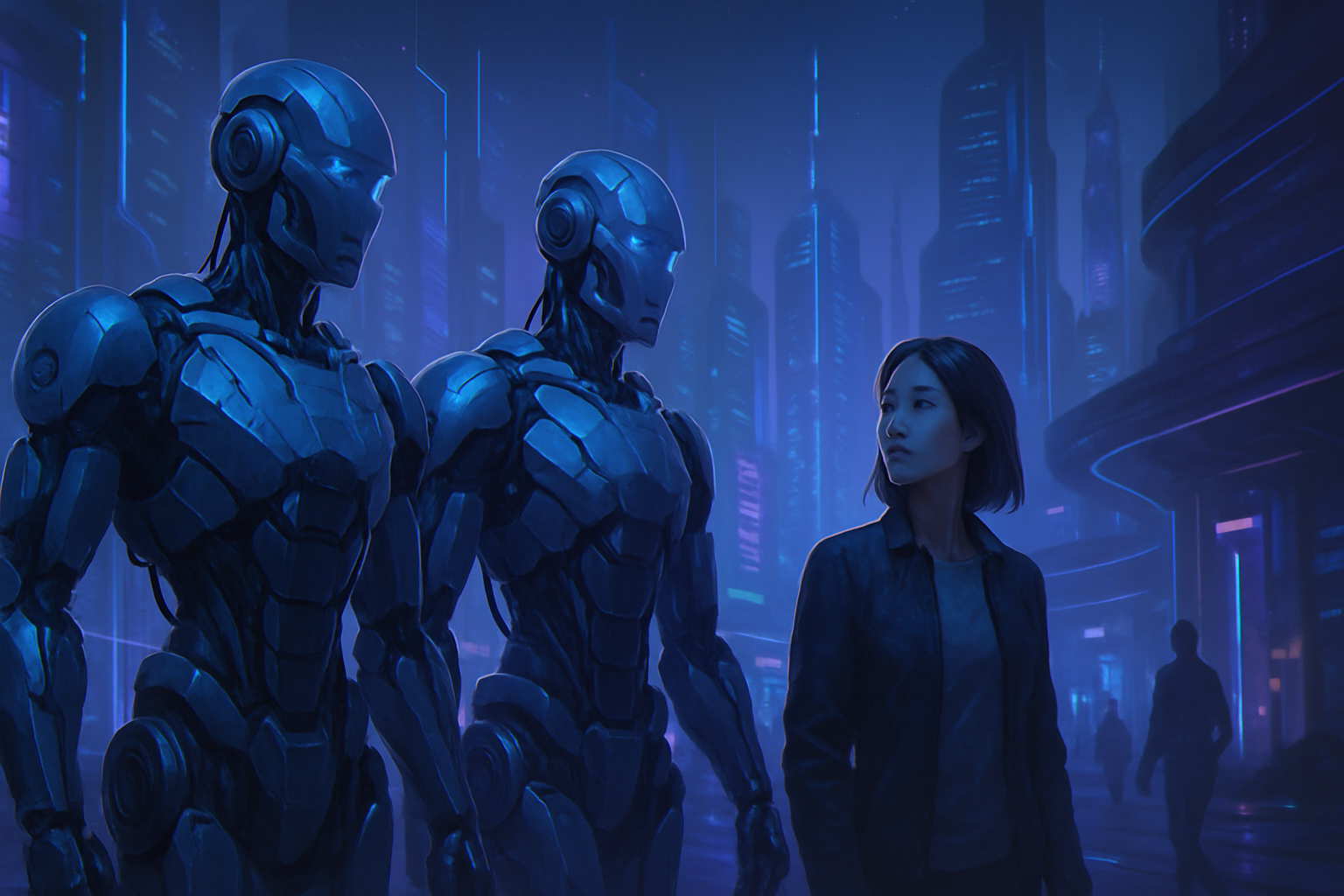Digital evolutions are reinventing the interactions between citizens, elected officials, and administrative agents. The emergence of digital tools is transforming the landscape of public services. The necessity for greater proximity between these actors lies in their ability to integrate innovative solutions.
The stakes of this transformation are at the heart of a collaborative dynamic. A fluid, accessible, and reactive information redefines exchanges. Moreover, artificial intelligence positions itself as a catalyst capable of effectively connecting these different actors.
Thus, traditionally rigid boundaries blur, making a more reactive and human administration possible.
Meeting the Actors
Digital technology strengthens the link between citizens, elected officials, and administrative agents by promoting more transparent and efficient interactions. Historically, administration suffered from compartmentalization, hindering fluid communication. Today, innovative digital solutions break down these barriers, allowing for true constructive dialogue.
Collaborative Systems in Service of the Collective
Collaborative tools such as information-sharing platforms reconfigure work within public administrations. These systems foster a dynamically where agents and elected officials interact directly, without going through complex channels. This delicate approach brings not only increased reactivity but also an improvement in the quality of services provided.
The transformation of processes induced by these systems allows agents to engage in more varied missions. By combining skills, administrations become living entities capable of functioning in a cross-sectional and reactive manner.
Information Flow
Universal access to information represents a major challenge. Digital tools allow for making administrative information more accessible. News, regulatory announcements, and other communications now circulate via mobile applications, ensuring that everyone, even the invisible agents of daily life, remains connected. Thus, this new ecosystem allows information to rise from the ground to decision-makers.
A well-designed mobile application allows agents to provide feedback on their field observations. This bidirectional flow of information reverses the traditional dynamics, facilitating the emergence of relevant solutions for citizens.
Responding to Citizens’ Expectations
Citizens’ expectations towards the administration have transformed. In search of clear and quick answers, they demand a human approach. Digital technology, by alleviating certain administrative formalities, frees up time for more meaningful interactions. A chatbot, for example, can handle simple requests outside of opening hours, thereby optimizing the relationship between the administration and the public.
Redefining the citizen experience is essential. By providing suitable tools, the administration gets closer to the real concerns of users, alleviating the burden of formalities to better respond to essential needs.
Collective Intelligence at the Heart of Innovation
Public innovation should not be considered the prerogative of experts. On the ground, agents and citizens often have valuable ideas that simply need to be listened to. Citizen platforms are emerging, offering everyone a space to suggest projects and actively participate in the transformation of public service.
These collective initiatives change the classical paradigms of decision-making. Citizen involvement then becomes a vector of innovation, making administration more responsive to the needs of the community.
A Digital Approach Serving the Field
The true impact of digital tools lies in their capacity to not dehumanize interactions but to enrich the user experience. Through suitable solutions, digital technology should be seen as a support for human action. Administrative agents, enriched by these tools, can better contribute to a quality public service.
The introduction of artificial intelligence, when managed, can optimize certain repetitive tasks, freeing up time for direct contact with citizens. Reducing the digital divide is a crucial challenge, and the administration must be vigilant not to exacerbate existing inequalities. Laying the groundwork is essential before considering advanced solutions.
Digital tools are not gadgets, but powerful levers to be mastered. When well integrated into a culture of sharing, they amplify the capacity for listening and understanding, thus responding to the real expectations of citizens.
User FAQ on the Link between Citizens, Elected Officials, and Administrative Agents through Digital Technology and Artificial Intelligence
How does digital technology improve communication between citizens and administrations?
Digital technology offers interactive platforms where citizens can ask questions, submit requests, and receive quick responses. This reduces processing times and improves transparency.
How can digital tools promote collaboration among administrative agents?
Digital tools enable agents to share information in real-time and collaborate on joint projects. This helps break down silos between services, thereby fostering a collaborative culture.
What types of applications can facilitate feedback from field agents?
Well-designed mobile applications allow agents to send reports, share experiences, and receive updates directly in the field, thus fostering efficient information flow.
How can artificial intelligence improve decision-making within administrations?
Artificial intelligence can analyze large amounts of data quickly to identify trends, helping elected officials and agents make informed decisions based on concrete facts.
What is the role of citizens in the digital innovation processes within administrations?
Citizens play a key role in digital innovation, as their feedback and suggestions can contribute to creating tailored solutions. Participatory platforms allow for collecting their ideas and votes on projects.
How can we ensure that digital tools do not exacerbate the digital divide?
It is essential to accompany the deployment of these tools with appropriate training and resources so that all citizens, regardless of their technological level, can benefit from them.
What are the benefits of a digitized customer service for citizens?
A digitized customer service allows for 24/7 accessibility and quick responses to common questions through chatbots, while freeing up time for reception agents to handle more complex cases.
How does digital technology promote a more human relationship with citizens?
Digital technology allows for automating certain repetitive tasks, thereby freeing up time for agents to provide personalized support to citizens, thereby strengthening the human dimension of public service.
What is the importance of collective intelligence in the public sector in the digital age?
Collective intelligence fosters the emergence of new ideas and allows for participatory problem-solving. It relies on the knowledge and experience of field agents and citizens.
How can digital technology help strengthen the transparency of administrations?
Digital technology allows for the real-time publication of information, decisions, and budgets, thus facilitating citizen access to administrative data and reinforcing trust in institutions.






